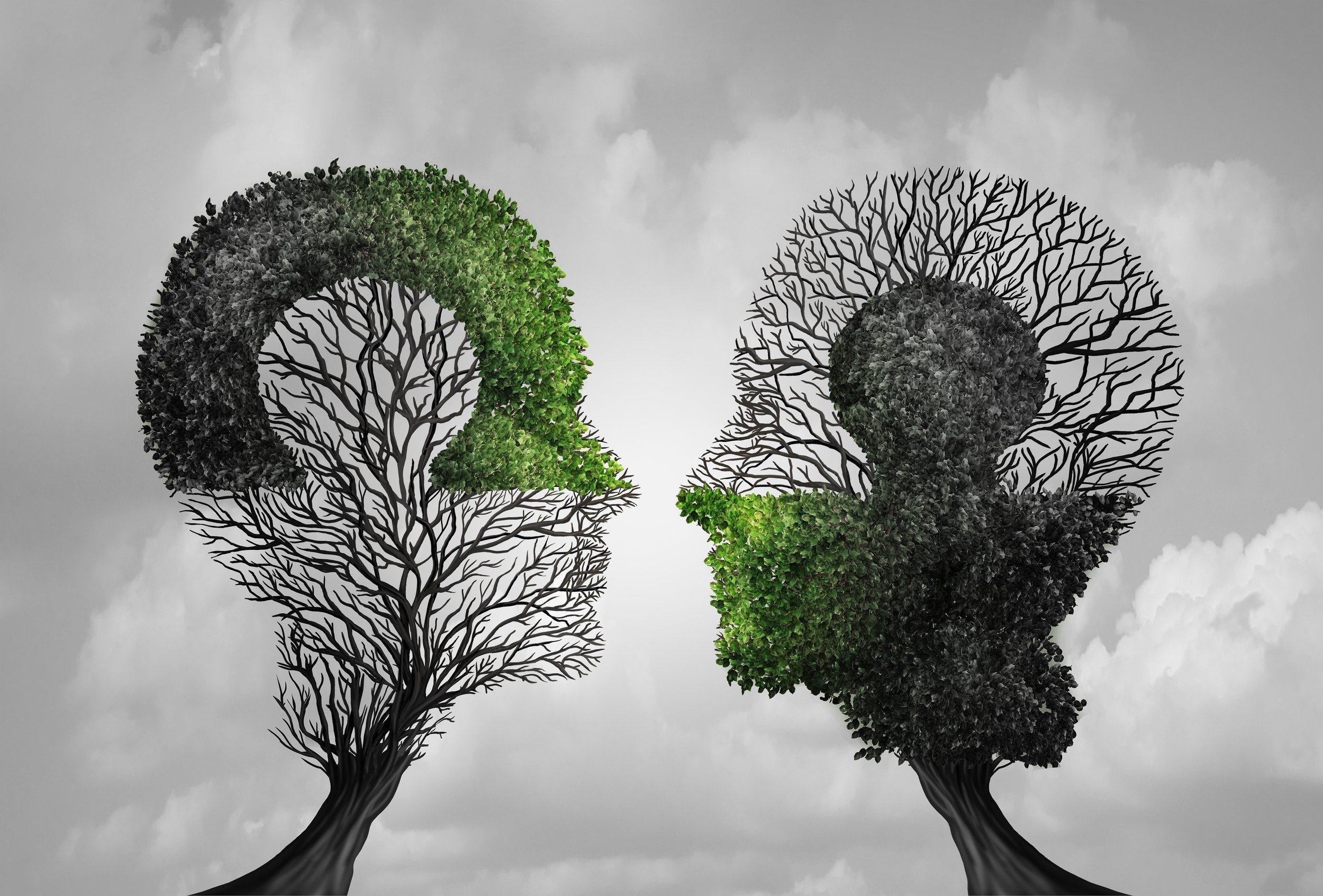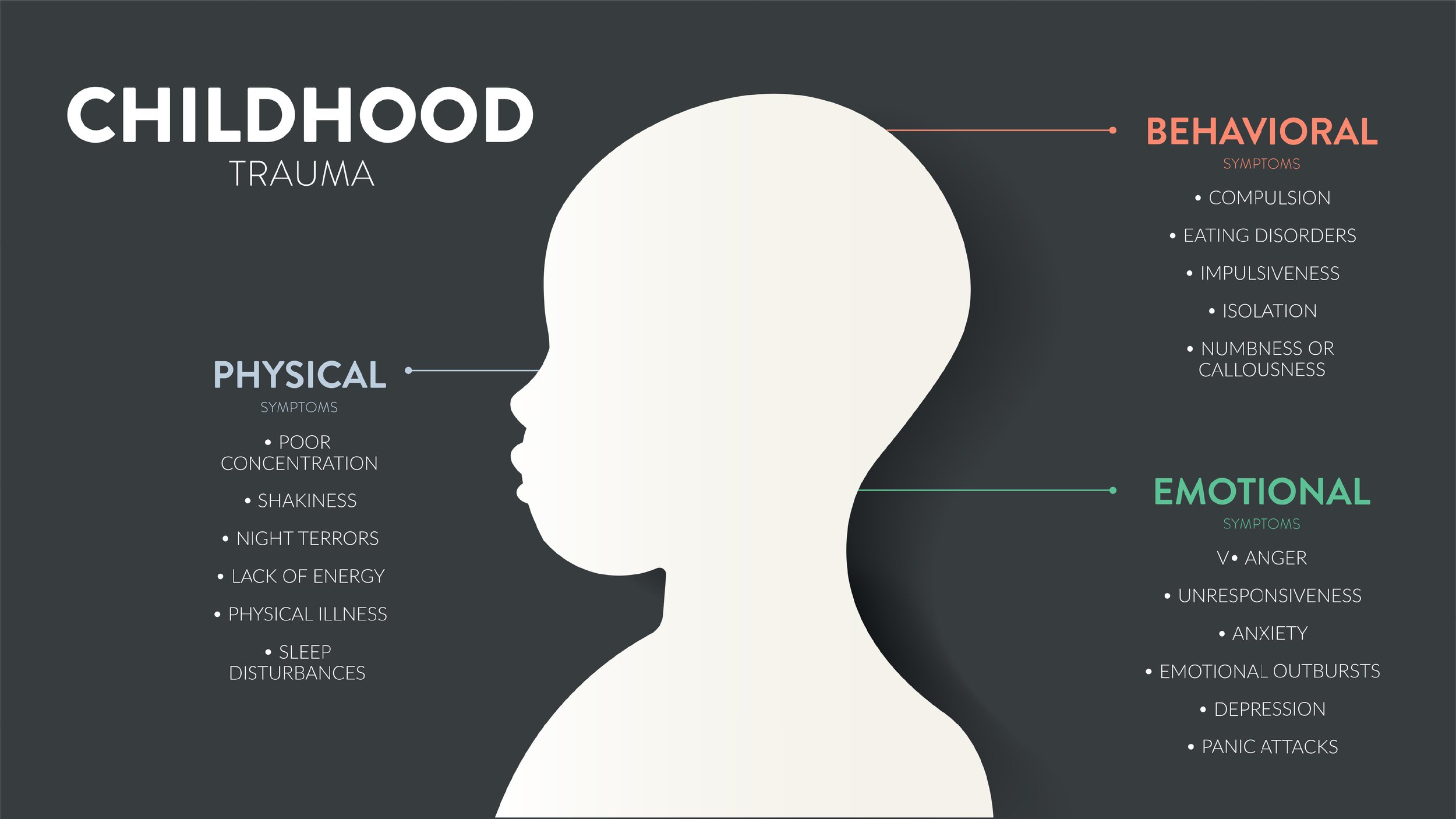The Role-Self, Not-Self, & Living Authentically
In the exploration of personal authenticity, two influential concepts emerge from the fields of psychology and Human Design: the "role-self" and the "not-self." As explained by Dr. Lindsay Gibson in her work, “Adult Children of Emotionally Immature Parents,” the role-self refers to a set of behavioral coping mechanisms cultivated early in life to secure love and acceptance from our families. Meanwhile, Human Design introduces the notion of the not-self, characterizing the external energies that condition individuals to behave incongruently with their true selves. Let’s dive into these two concepts and how they affect our ability to live authentically.
The Role-Self in Psychology:
In Dr. Gibson's book, she outlines the enduring impact of the role-self on adult relationships. These learned behaviors, if unexamined, can manifest as communication challenges in adult relationships. Ultimately, there is a disconnect between our inner and outer worlds; our feelings don’t align with our words or actions, and we tend to have a greater emotional reactionary response during interactions. This is heavily influenced by the dynamics of different types of childhood trauma, often resulting in “internalizing” or “externalizing.”
Internalizing is when someone keeps their emotions inside, like feeling anxious or sad without showing it much. Externalizing is the opposite – it's when emotions come out in actions, like being aggressive or disruptive. A helpful study by Achenbach and Edelbrock in 1978, published in the "Psychological Bulletin," has been important in understanding how children, in particular, can have these different ways of dealing with their feelings.
The Not-Self in Human Design:
Within the framework of Human Design, the not-self represents the external energies we take in that influence behavior. Acting from the not-self often results in negative emotional states, such as frustration and resentment, compromising authentic self-expression. When we’re already living from a place of role-self, we are that much more susceptible to these energies.
In a world that champions a set of conditional behaviors that are considered acceptable, it’s easy to adjust our persona to attain a desired result. But, what happens when we’ve become so used to doing this that we look up and realize we’ve been putting on an act? That our life has become the conglomeration of choices based not on our true, authentic selves but on what others want? Enter Human Design.
Human Design as a Guide to Authentic Living
Human Design serves as an invaluable tool for navigating these dynamics, providing a comprehensive understanding of individual authenticity. By discerning and embracing one's unique design, individuals gain the ability to authentically express themselves. Human Design also facilitates the recognition of not-self behaviors, offering insight into unconscious energetic dynamics. It can be incredibly helpful to leverage this understanding for personal growth and to help identify and break unhealthy patterns. If this resonates with you, also highly recommend reading Adult Children of Emotionally Immature Parents by Dr. Lindsay Gibson to get a more comprehensive understanding of the role-self. Recognizing the dynamics of the role-self and not-self empowers us to live in alignment with our true selves, fostering healthier relationships and personal fulfillment.
Human Design Readings
By decoding one's unique design, individuals can embark on a journey toward authentic living, enhancing self-awareness, and enriching interpersonal relationships.For those seeking a deeper understanding of their authentic selves, I highly recommend a human design reading. I’d love the opportunity to uncover and celebrate your unique gifts!



